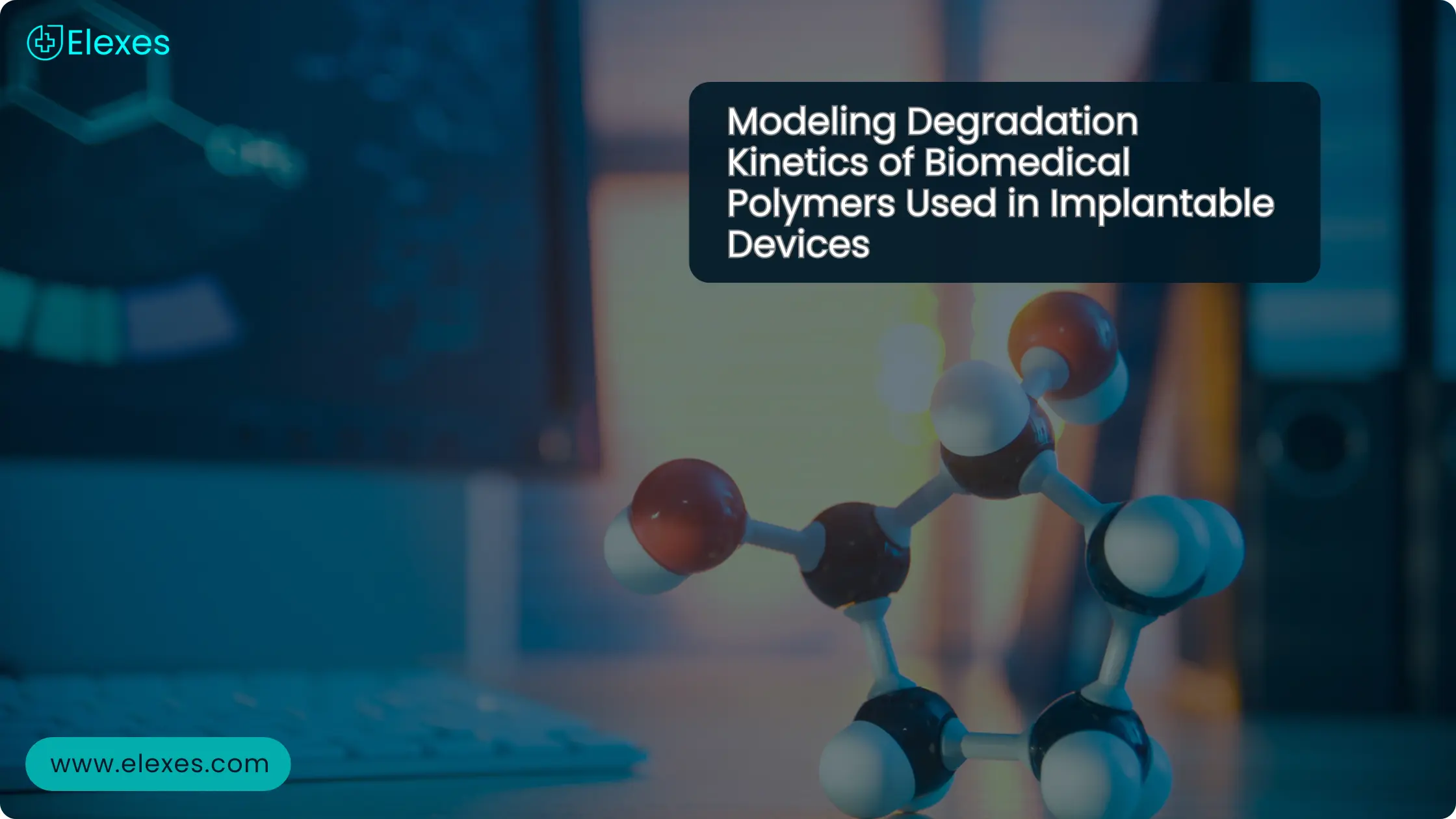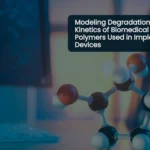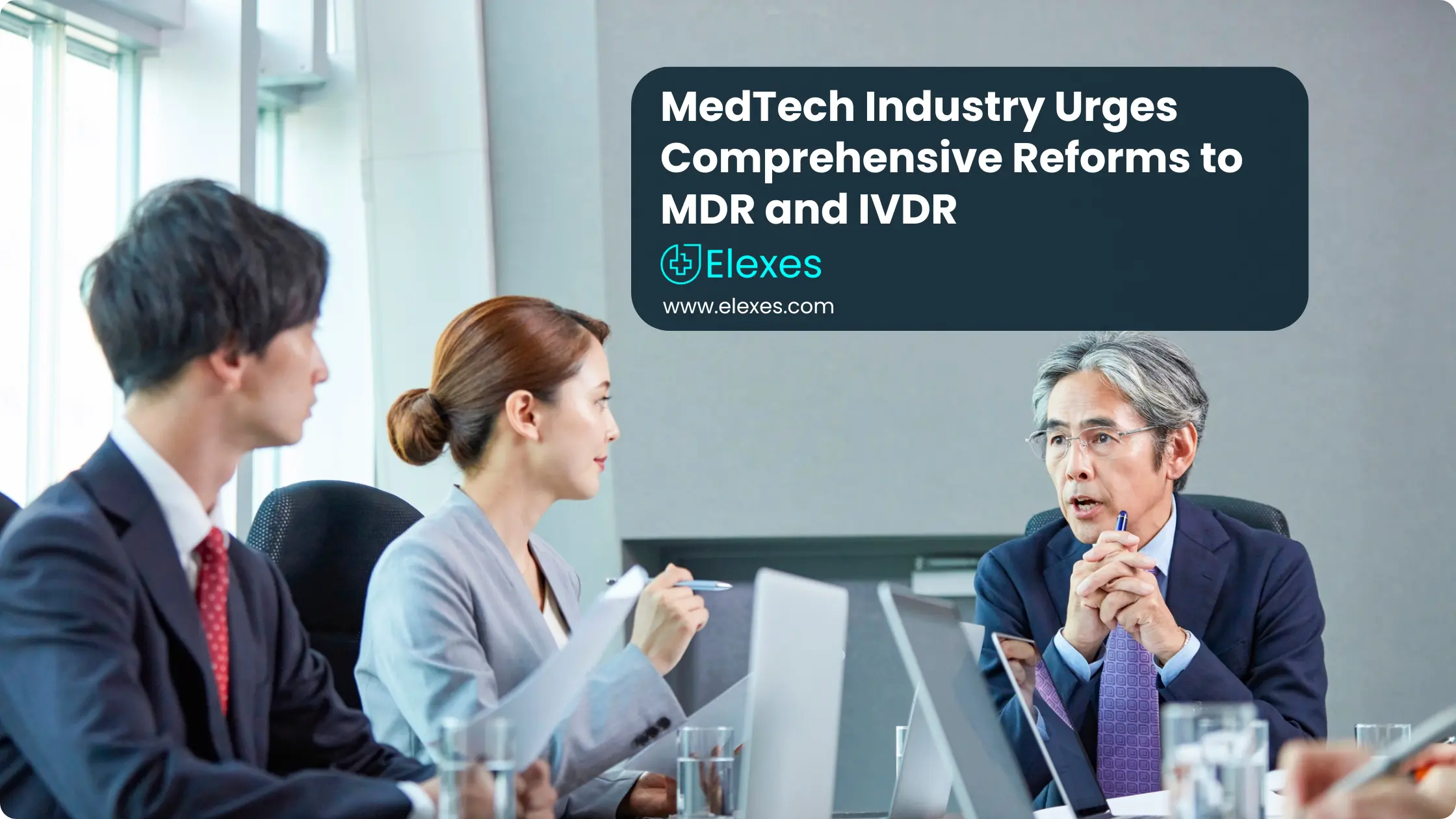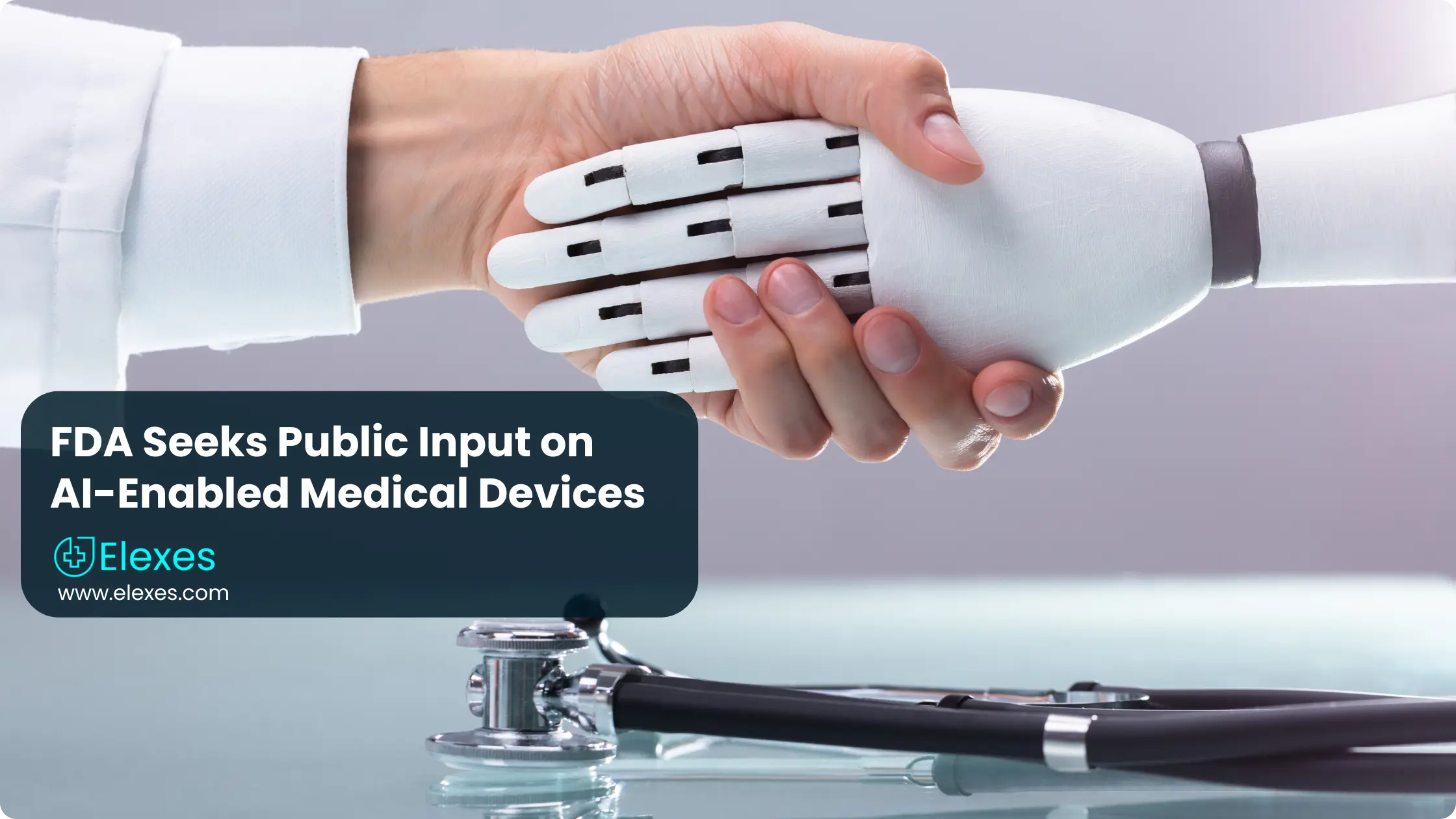Inflammation Imaging: Evolving Regulations, AI Integration, and Industry Forecasts
Medical advancements and the continuous growth of imaging techniques lead to the rising demand for less invasive, more accurate, and efficient ways to diagnose. However, with these advancements comes a shifting regulatory landscape, requiring manufacturers and healthcare providers to stay informed and compliant with evolving standards. This blog takes a closer look at the latest regulatory trends and industry developments shaping the future of inflammation imaging—and how companies in the field can adapt to stay ahead.
Traditional Imaging Techniques
Some methods used for detecting inflammation are PET, CT and MRI. However, these have certain constraints as given below:
- PET Imaging: While highly sensitive, it falls short in spatial resolution, making it difficult to precisely locate areas of inflammation.
- MRI: Provides excellent soft-tissue contrast but may not effectively distinguish between inflammatory and non-inflammatory conditions.
- CT Scans: Detailed anatomical information is provided using this method, however this method uses contrast agents which are not always safe for patients suffering from kidney diseases or any other contraindications.
Overview of Inflammation Imaging
Inflammation is a key symptom in many diseases, including cancer, cardiovascular conditions, and autoimmune disorders. Long-term, untreated inflammation may play a role in causing cancer and other diseases. Diagnostic imaging for the detection of inflammation is thus critical for ongoing patient care. Detecting it accurately and in a timely manner is critical for diagnosis and ongoing patient care. Over the years, advancements in imaging technology have greatly improved the visualization and quantification of inflammation, facilitating better diagnosis and customizing treatment options through precision medicine.

Advancements with AI and Machine Learning
Integration of both AI and ML has significantly improved imaging accuracy. AI-powered algorithms analyze extensive datasets, detects inflammatory markers and improves image interpretation at a deeper level.
⦿ Examples of FDA-cleared devices
● AI4CMR v1.0 is a software designed to report cardiac function measurements (ventricle volumes, ejection fraction, indices etc.) from 1.5T and 3T magnetic resonance (MR) scanners. AI4CMR uses artificial intelligence to automatically segment and quantify the different cardiac measurements.
● Ortho AI is a Software as a Medical Device (SaMD) designed to assist with preoperative planning for total hip arthroplasty, total knee arthroplasty, and lumbar spine fusion surgeries. It uses AI/ML to semi-automatically analyze X-ray images, measure lengths, angles, and implant positions relative to bones.
Molecular and Hybrid Imaging
Techniques like PET-MRI and PET-CT are advancing the way inflammation is diagnosed. These methods combine imaging approaches to:
⦿ Interpret anatomical and functional details at the same time, offering a clearer picture of inflammatory activity.
⦿ Targeted imaging using biomarkers, such as radio-labeled tracers, improves specificity in detecting inflammation at a cellular level.
Emerging Trends in Inflammation Imaging
The future of inflammation imaging is being shaped by several emerging trends that promise to improve the accuracy, accessibility, and efficiency of diagnostic tools.

AI and Machine Learning
In inflammation imaging, AI is playing a major role by:
⦿ Reducing human error and automating the interpretation of images
⦿ Enhancing predictive analytics to monitor disease progression
⦿ Supporting real-time decision-making in clinical settings
Molecular imaging and Biomarkers
Molecular imaging along with advanced biomarkers is enhancing the precision of inflammation detection by enabling:
⦿ Early and accurate identification of inflammatory processes using PET and SPECT imaging with targeted radiotracers.
⦿ Improved diagnostic accuracy, leading to better disease monitoring and management.
⦿ Personalized treatment approaches by tailoring interventions based on specific molecular signals.
Theranostic Imaging
This type of imaging is a combination of both diagnostics with therapy, which helps in:
⦿ Real-time visualization of inflammation and targeted drug delivery.
⦿ Personalized treatment strategies tailored to individual patient profiles.
⦿ Improved treatment efficacy and minimized side effects.
Nanotechnology
Nanotechnology is enabling highly sensitive inflammation detection through:
⦿ Targeted nanoparticles, such as gold nanoparticles and liposomes, that bind to inflammatory markers.
⦿ Enhanced contrast agents, improving the visualization of inflammation at an earlier stage.
⦿ Smart nanoprobes, capable of delivering real-time feedback on inflammation levels.
Wearables and Point-of-Care Technologies
⦿ Wearable biosensors can continuously monitor inflammatory biomarkers in real-time, improving early detection.
⦿ Portable imaging devices, such as handheld ultrasound tools, enable point-of-care diagnostics, particularly in remote or underserved areas.
Regulatory Landscape
Since there are technological advancements in this field, the regulatory agencies are adapting to ensure patient safety and efficacy.
FDA and EU MDR Regulations:
⦿ The FDA has introduced a Software as a Medical Device (SaMD) framework, providing guidelines for AI-based imaging solutions. Latest FDA Guidance: Artificial Intelligence-Enabled Device Software Functions: Lifecycle Management and Marketing Submission Recommendations
⦿ The EU Medical Device Regulation (MDR) has tightened standards for medical imaging devices, emphasizing post-market surveillance and clinical validation. EU Artificial Intelligence Act (AIA) is a landmark regulatory framework designed to promote the safe, ethical, and reliable use of AI technologies, including those integrated into medical devices and in vitro diagnostic (IVD) devices. Applies to medical devices and IVDs that include AI components, especially those classified as Class IIa or higher under the EU Medical Devices Regulation (MDR). The “Health AI Register” website features a wide range of CE marked medical AI systems used in the field of radiology.
Regulatory Challenges for AI and SaMD
Validation of AI algorithms:
Regulatory bodies require rigorous testing to ensure AI models generalize well across diverse patient populations.
💡 Do you know? The FDA, in collaboration with Health Canada and the UK’s MHRA, has emphasized that AI/ML-based medical devices should be trained and validated on data representative of the intended patient population to ensure consistent performance across different subgroups.
Transparency and explainability:
AI decision-making must be interpretable to clinicians to gain regulatory approval.
💡 Do you know? According to the FDA’s Good Machine Learning Practice for Medical Device Development, AI models must provide interpretable outputs to enhance clinical trust and regulatory acceptance. As the AI/ML medical device field evolves, GMLP best practices must also continue to evolve.
Data privacy concerns:
Compliance with GDPR and HIPAA is critical for AI-driven imaging platforms handling patient data.
💡 Do you know? The FDA recommends integrating strong encryption and anonymization techniques in AI-powered imaging tools to safeguard patient data while ensuring regulatory compliance.
Global Harmonization Efforts
Organizations such as the ISO (International Organization for Standardization) and International Medical Device Regulators Forum (IMDRF) are working to:
⦿ Standardize imaging device regulations across countries.
⦿ Establish best practices for AI integration in medical imaging.
⦿ Ensure ethical use of patient data in imaging diagnostics.
Industry Insights
Inflammation imaging is rapidly evolving with AI, nanotech, and molecular imaging. As personalized treatments gain traction, the need for precise, reliable, regulatory-compliant technologies continues to grow.
⦿ Market Growth and Investment Trends
● According to a report by Grand View Research, the global AI in medical imaging market size was estimated at USD 1.01 billion in 2023 and is projected to grow at a CAGR of 34.8% from 2024 to 2030.
● Major healthcare companies and startups are investing heavily in AI and molecular imaging research to enhance diagnostic accuracy.
⦿ Regulatory-Driven Market Shifts
● Companies are prioritizing regulatory compliance as a competitive advantage, streamlining approval pathways for faster market entry.
● The focus on real-world evidence (RWE) is increasing, as regulatory agencies require ongoing post-market data collection to validate AI and imaging technologies.
Future of Regulation
Evolving Policies for New Technologies
Regulatory bodies are adapting to emerging trends by:
⦿ Developing risk-based approaches for AI and SaMD approvals.
⦿ Introducing adaptive regulatory frameworks, such as the FDA’s AI/ML Software Precertification Program.
Ensuring Faster Approvals Without Compromising Safety
⦿ Before full regulatory approval, regulatory sandboxes allow for real-world testing of AI-powered imaging devices.
⦿ Medical device manufacturing companies and regulators together have helped in making the approval pathway more efficient.
Conclusion and Key Takeaways
For manufacturers and healthcare providers, staying ahead in inflammation imaging requires:
⦿ Aligning R&D with regulatory trends: Early engagement with regulatory agencies can accelerate product approval.
⦿ Strong partnerships with research institutions, industry leaders, and compliance experts can simplify market entry.
⦿ Investing in regulatory teams and keeping up with changing global standards helps minimize risks and support innovation.
New technologies like AI, nanotechnology, and theranostic imaging are reshaping how inflammation is being diagnosed and treated. Since regulations adjust to these changes, staying compliant will be important to support innovation and patient safety. Keeping up with these advancements will help the medical imaging field improve healthcare and patient care worldwide.





















